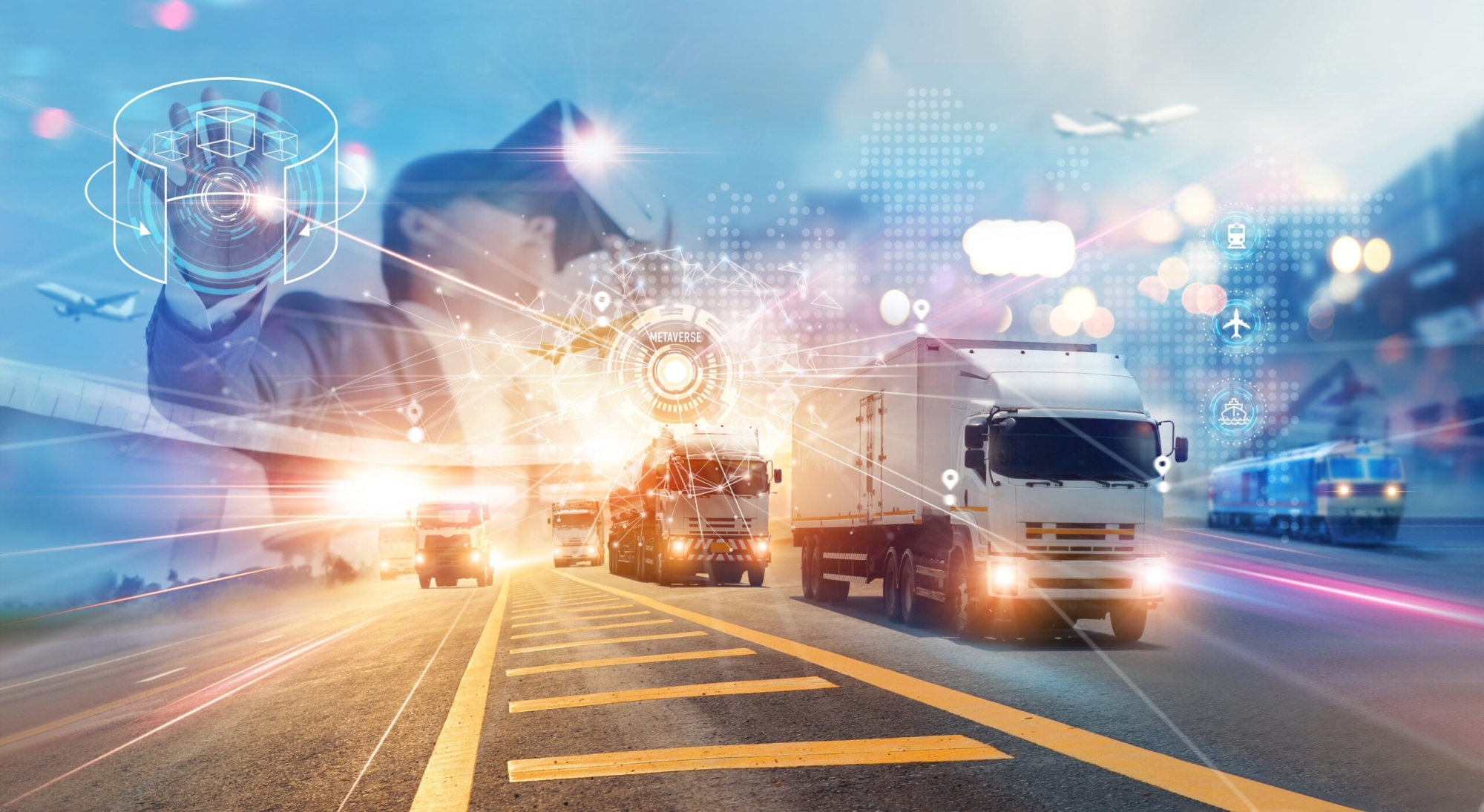
Financial stability is key for drivers in any successful logistics ecosystem, but in reality, many face real challenges: long delivery intervals, unpredictable schedules, and fluctuating income. These issues not only affect drivers’ income, but also disrupt the logistics chain including dispatchers, shippers, and retailers who need to deliver goods on time.
See also: Riding the wave: How technology is revolutionizing ocean cargo tracking
To address these issues, technology-driven solutions have emerged to improve driver well-being and, broadly speaking, operational efficiency. Logistics has undergone a radical transformation due to the gig economy of freelance and on-demand work. Crowdsourcing is a key component of this transformation, providing flexible delivery solutions and meeting the growing last-mile needs. According to a Gartner report, more than 30% of retailers said they plan to deploy crowdsourcing this year to optimize their delivery networks and reduce costs.
Crowdsourcing enables companies to dynamically scale delivery resources, reduce costs and improve service levels. It provides retailers with the additional capacity needed to manage peak demand without relying entirely on traditional services. This is critical for e-commerce and last-mile delivery strategies.
Technology-enabled platforms are increasingly prioritizing driver well-being by optimizing routes, minimizing wait times and increasing productivity. Drivers can earn more money by reducing idle time, and dispatchers/shippers can benefit from real-time updates and deliver freight in the most efficient manner. Predictive analytics and smart order allocation capabilities reduce delays while delivering superior financial benefits to drivers.
Of course, the main focus is to use real-time data and predictive insights to effectively distribute orders and optimize routes, thereby reducing waiting times. This can not only increase drivers’ income, but also improve operational reliability and customer satisfaction.
Modern delivery platforms also help drivers maintain a better work-life balance through features such as smart dispatching and workload management. Beyond that, using these tools to comply with service regulations and prevent overwork will help improve driver morale and retention, which will have a positive impact on improving service reliability and building a more solid logistics ecosystem.
Looking ahead, we need to create a logistics environment where technology supports the success and well-being of drivers. Integrating innovative tools at every stage of operations—making them easier to use and increasing their earning potential—is the way to continue growing the gig economy and provide better opportunities for workers while meeting growing consumer demands. Through technological advancements and a focus on driver well-being, the future of gig work in the logistics industry will be transformed in a positive way.











Leave a Reply Cancel reply
You must be logged in to post a comment.